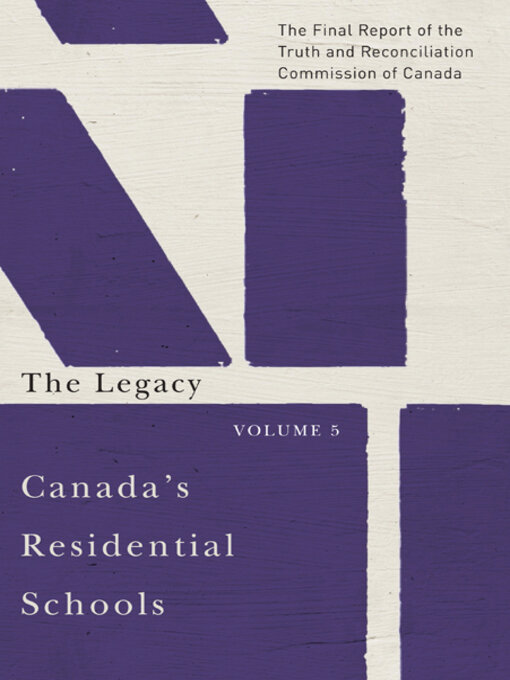- Back to School
- Feelings and new experiences (picture books)
- En français (littérature jeunesse)
- Learning to Read!
- Let's explore families!
- Graphic Novels for Kids
- Black Voices
- Asian Voices
- Celebrating Pride: 2SLGBTQ+ Children's Books
- No wait, no problems
- What's new?
- Popular titles
- Check these out!
- See all ebooks collections
- Audiobooks for the whole family!
- Audiobooks for Middle Years
- Audiobooks for Early Readers
- Audiobooks for Little Ones
- No wait, no problems
- What's new?
- Popular titles
- Check these out!
- See all audiobooks collections
